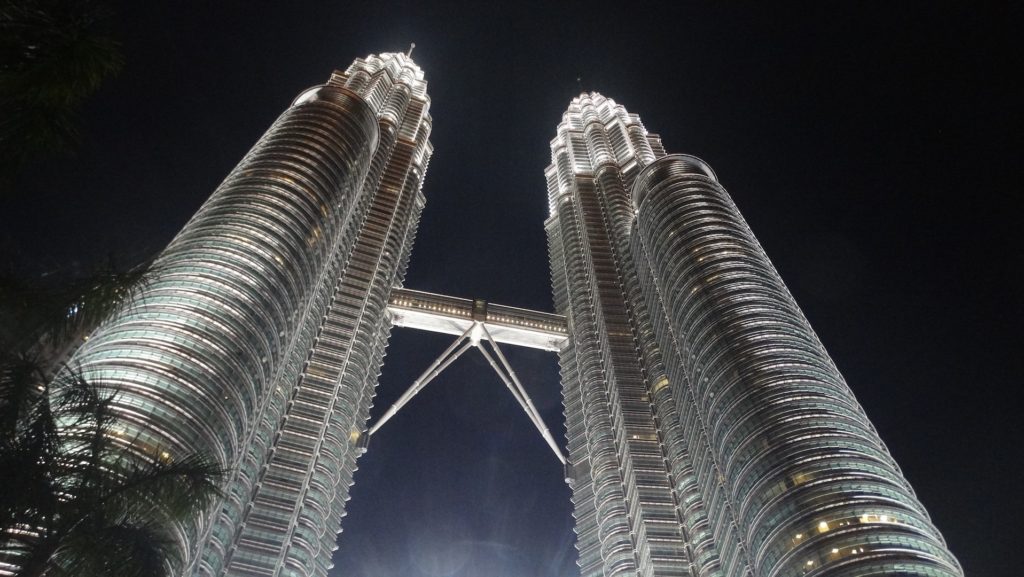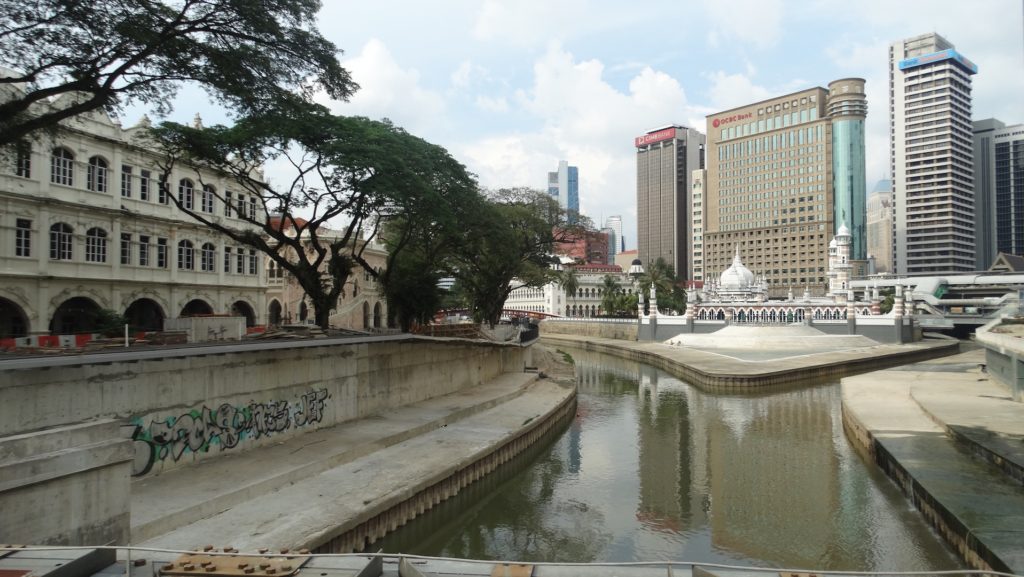KL’s MUDDY RIVER – WHAT’S IN A NAME?
When I think of the great cities of the world like Istanbul, London, Tokyo – or even KL – it is their features, history and landmarks that evoke different feelings. Their names and etymology very often remain an abstraction; a collection of letters and sounds that I associate with that place, but have little significance in their own right.
Sometimes, a place name has a link to its founders or a figure that was important to their early community. The use of Saints across the catholic world would be one example.
Alternative Names
Being a tourist affords one the luxury of time and ample thinking space to ponder and reflect. Everything from the ethnic make up of the local populace to more trivial things like the lack of sparkling water in shops, or the frigid air conditioning on public transport. But it also got me thinking about the name of the city I had made my temporary home: Kuala Lumpur.
The city’s name translates as ‘Muddy Confluence’. While being an accurate description of the river that flows through the city, it falls short of shedding much light on the other features of this thriving metropolis. Nowadays, it could just as easily be described as Chronic Congestion, Rampant Development or Sweaty Mayhem. Yet those monikers would also be unfair. The city offers endless possibilities for eating and exploration, which can in part reflect its rich diversity and varied topography.
It seems unlikely that the people responsible for naming the city were elected members of a committee. Unless, ‘city name’ was the last item on the agenda of a dull and protracted meeting. A quick brainstorm on the white board must have yielded some very poor alternatives: ‘Main City’, ‘Home’, ‘Buildings and Streets’.
At any rate, at least they had the integrity to give it a name that represents a major feature of its geography. The city of Glasgow, in Scotland means ‘Green Place’. Whilst it does have many parks, it is also a post industrial relic, replete with grey housing estates and disused ship-building infrastructure.
The Evolution of KL
KL sits at the intersection of two rivers: Klang and Gombak. The city was originally established in the 19th century as a settlement and trading post to serve the burgeoning tin mining industry nearby. In 1887 it became capital of the recently formed Federated Malay States. The greater KL area is now home to around 8 million people and has become an international tourist destination and business hub.
Kuala Lumpur may not have the most glamorous name in the world, but it is not the worst either. Spare a thought for Malaysia’s Indonesian neighbours across the water. Here you can find the district of Arse, or the inhabitants of Boring in the U.S., which is twinned with the town of Dull in Scotland.
Like many names with multiple parts or syllables – whether people or places – a shorter, more manageable alternative is often created. KL is now synonymous with many symbols, from the Petronas Towers and mega malls to curries and tropical downpours. Muddy river, however, may not now feature so prominently.

